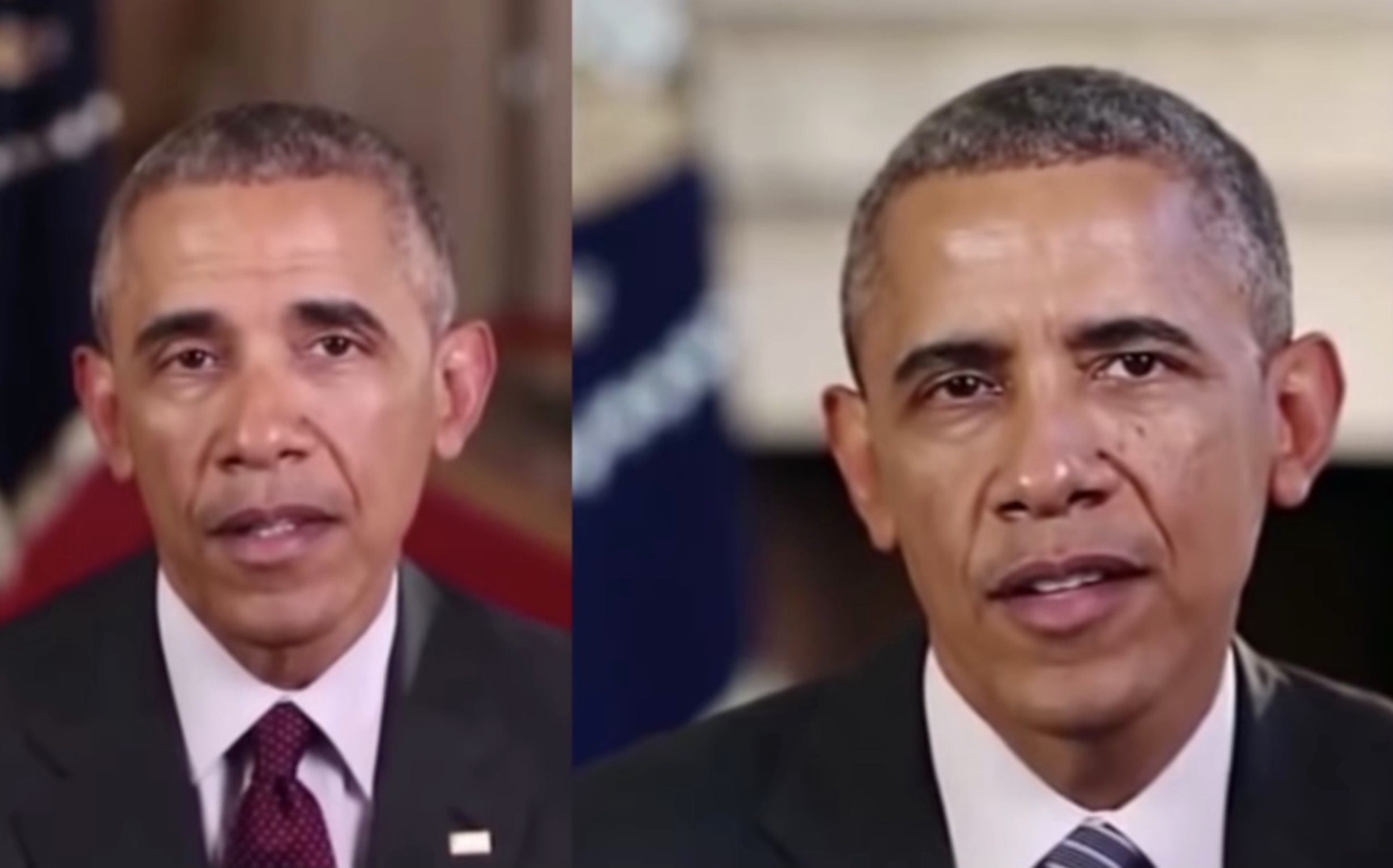A deepfake is a technology made possible by artificial intelligence (AI). Essentially, it serves the purpose of replacing the likeness of one person with another through a video or other digital format. The main purpose of this technology is to create realistic-looking fake media.
“Deepfakes are amazing in what they can achieve. Their potential is endless. I see them being used to replace actors in performances, take the place of news anchors, and much more. But it could definitely be harmful if used in the wrong places,” says first-year computer science student Armani Araujo.
Deepfakes are created through deep learning algorithms and deep neural networks that employ autoencoders to facilitate face swapping. To create the fake, a target video would be required as well as a variety of video clips of the person who the technology will be used on.
The autoencoder studies the different clips and analyzes how the person looks from different angles, then attempts to project the different angles onto the target where necessary. The process then sees the use of another machine learning integrated technology known as Generative Adversarial Networks (GANs), which are responsible for analyzing the fake through multiple sequences in an effort to improve any flaws or mistakes made by the autoencoder, perfecting the process.
Deepfake technology is in use with some popular apps on the market today such as FaceSwap and FaceApp.
As for its uses? There is good and bad news.
The good news is the AI behind this technology can fuel innovations in many industries such as education. As it becomes more integrated into society, we may see a day where students are highly engaged in history lessons, as they are able to interact with deepfaked versions of historical figures.
The uses can even extend to aiding police forces investigating crime scenes. Deepfakes can allow for the reconstruction of objects within a setting where a crime has taken place so that investigators can analyze the spatial interrelationship of the objects. In fact, a team of civil investigators did just this in 2018 when they combined AI with video footage and autopsy reports to reconstruct a model that related to the murders of Kyiv protestors.
Deepfakes also allow for media communication to seamlessly branch beyond the usual borders. In April 2019, the charity Malaria No More partnered with David Beckham and used a deepfake of him speaking nine different languages, all to spread the word for a good cause. The campaign made use of VocaliD AI in conjunction with the deepfake to manipulate the former soccer player’s voice to their liking.
The bad news? Just think about all of the possible identity-theft and unconsented, falsified media that can be produced via this innovation.
Some of these unethical uses have already been seen in the political world. In 2018, a Belgian political party released a video of a deepfake Donald Trump stating that Belgium should withdraw from the Paris Climate Agreement — a statement that the former U.S. President never actually made.
One of the more serious and unfortunately widespread uses of deepfake technology is in the creation of mock-up sexually explicit images. Natalie Portman, Gal Gadot, and Emma Watson are all notable examples of people who have had their faces deepfaked onto pornographic content.
Many countries do not have laws to deal with this form of deception yet, which can greatly damage the reputation and change the perception of these celebrities.
“As someone who’s an advocate for the digitalization that’s currently happening in our societies, I think the concept of deepfakes is one that I do not support at all. It violates a lot of ethics and personal privacy issues,” says third-year theatre and production design student Wasifa Noshin.
Just last year, the mother of a cheerleader in Pennsylvania was caught sending the team coach deepfaked images of other cheerleaders on her daughter’s squad, displaying illicit drinking, drug use, and nudity, all in an effort to have them removed from the team. This instance makes it apparent that the technology is fairly accessible, targeting more than just celebrities and political figures.
In terms of spotting a deepfake, there are a few things to look out for. Look out for faces that seem blurrier than the environment they’re taken in. Watch for skin and hair that may seem particularly out of place or unnatural.
Deepfakes also often retain the lighting from the clips they are pulled from, so be aware of abnormalities in brightness. In some lesser quality deepfakes, the audio may not match the speed at which the person is talking and the blinking may appear odd as well.
As with all developing technologies, deepfakes present their fair share of pros and cons, and will definitely be an advancement to watch out for.


